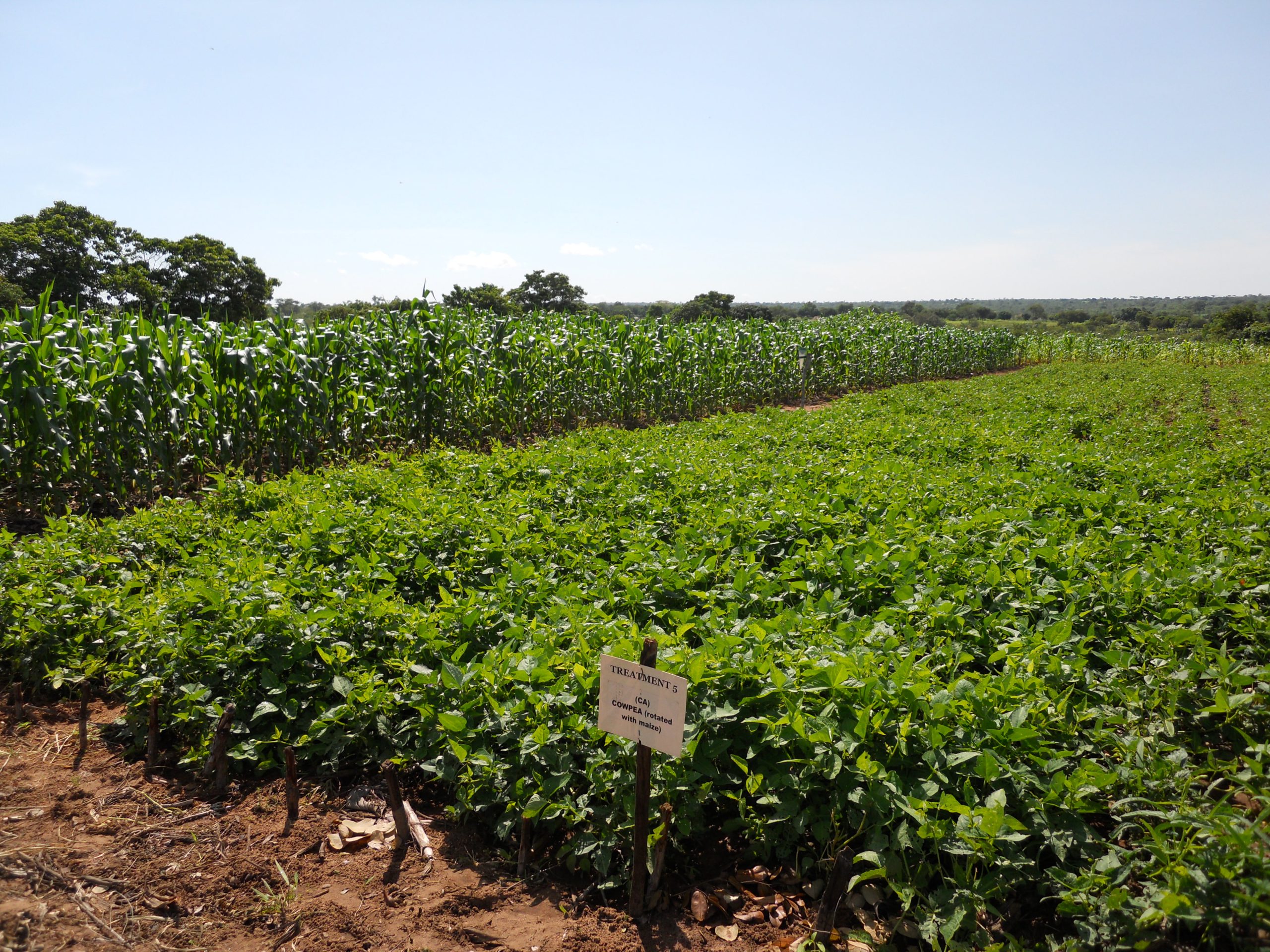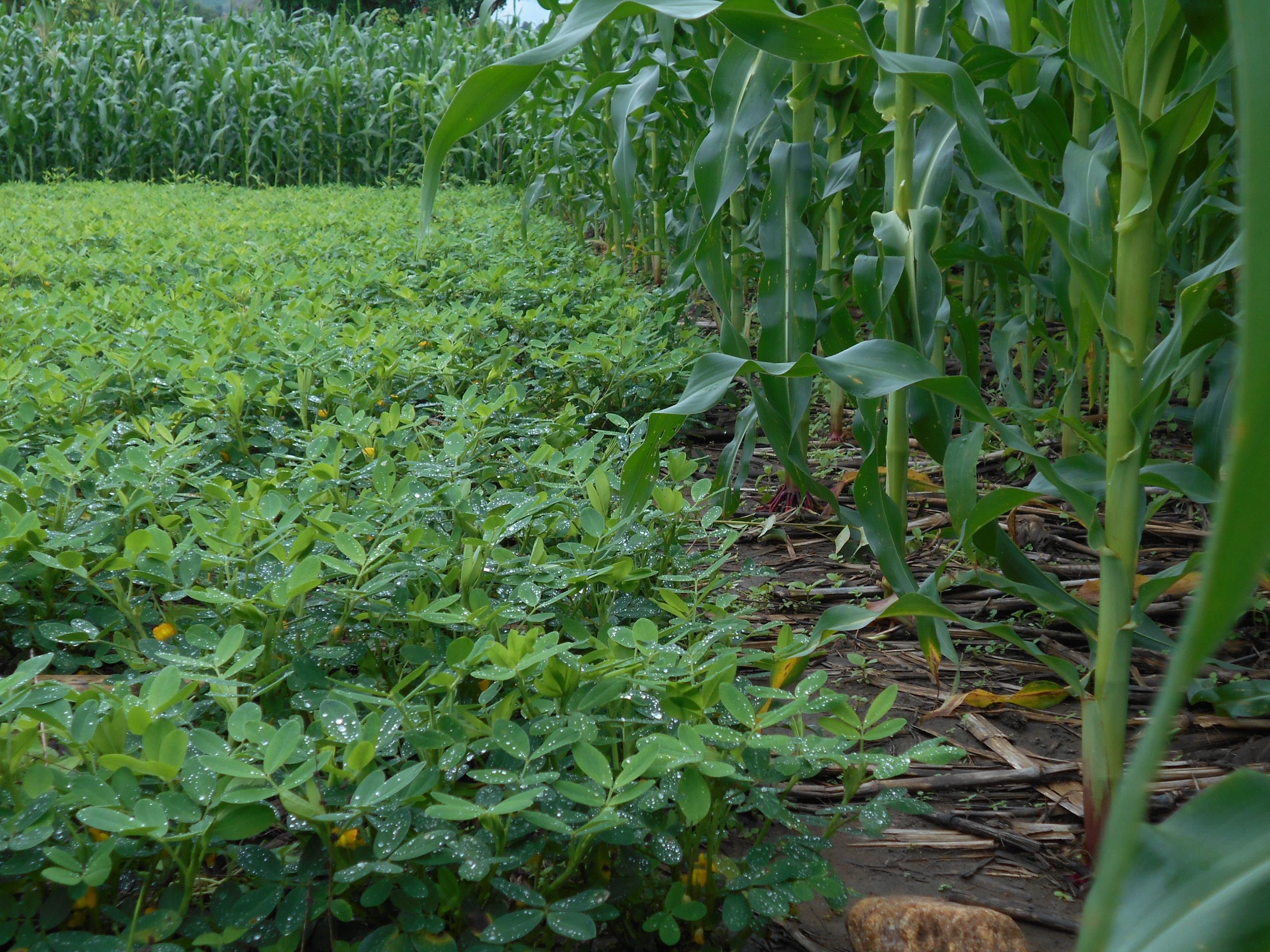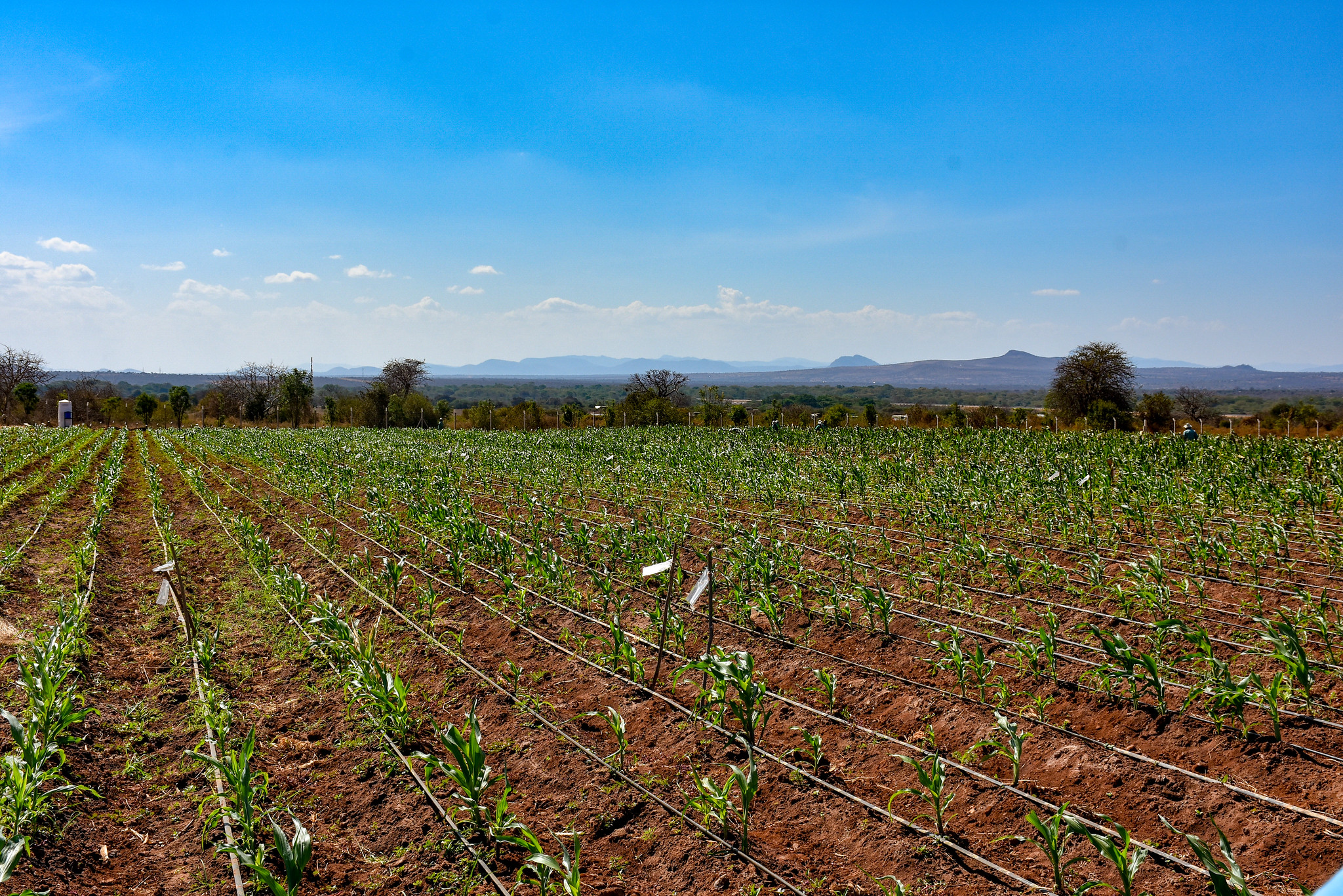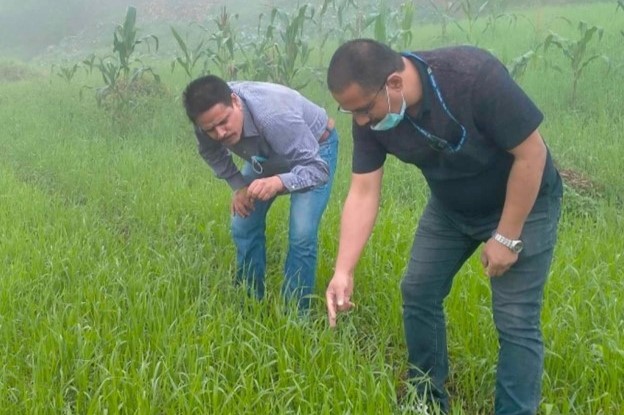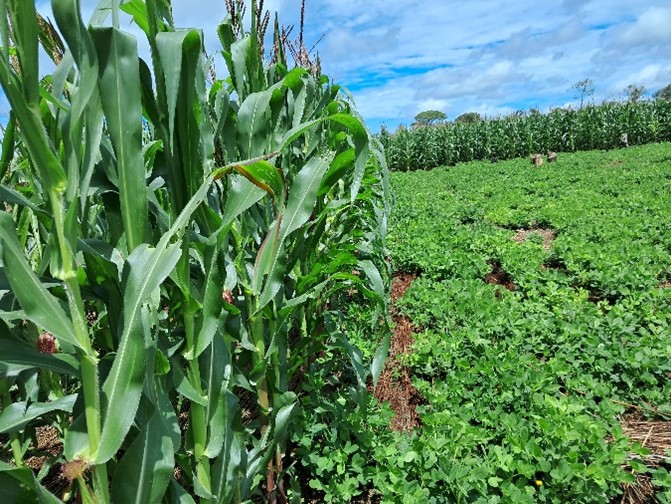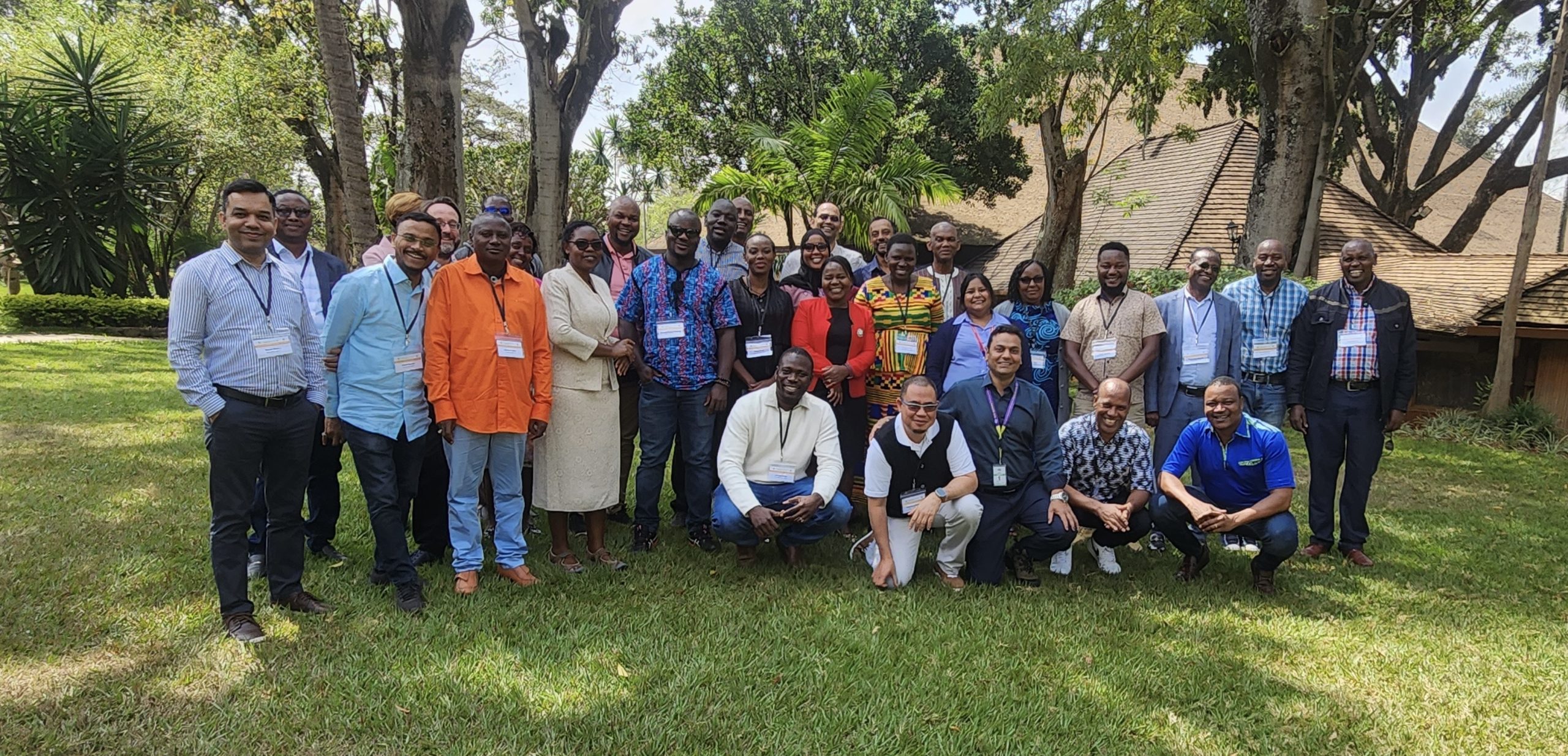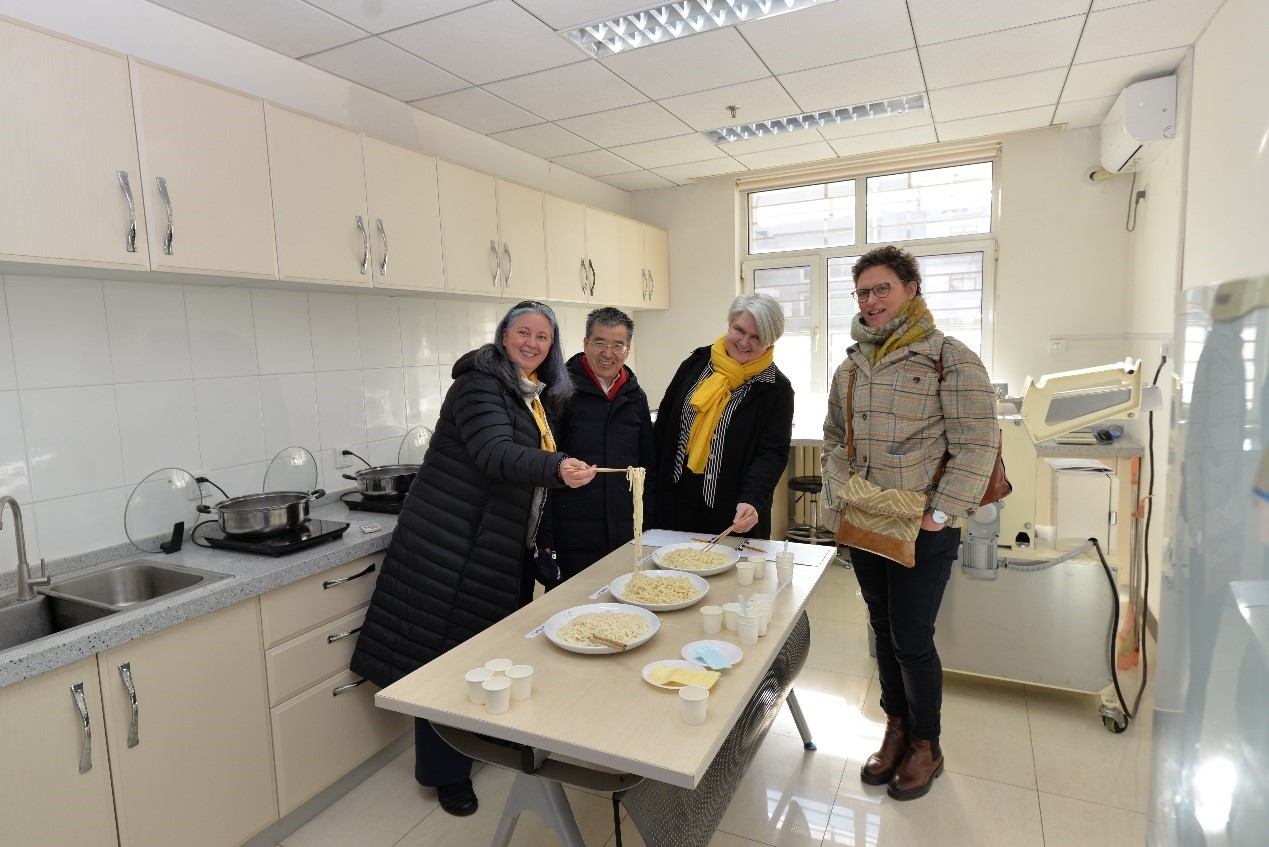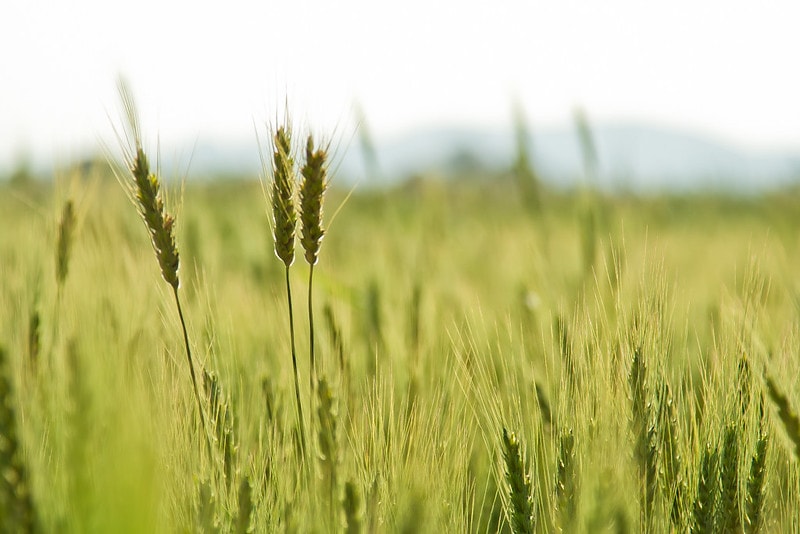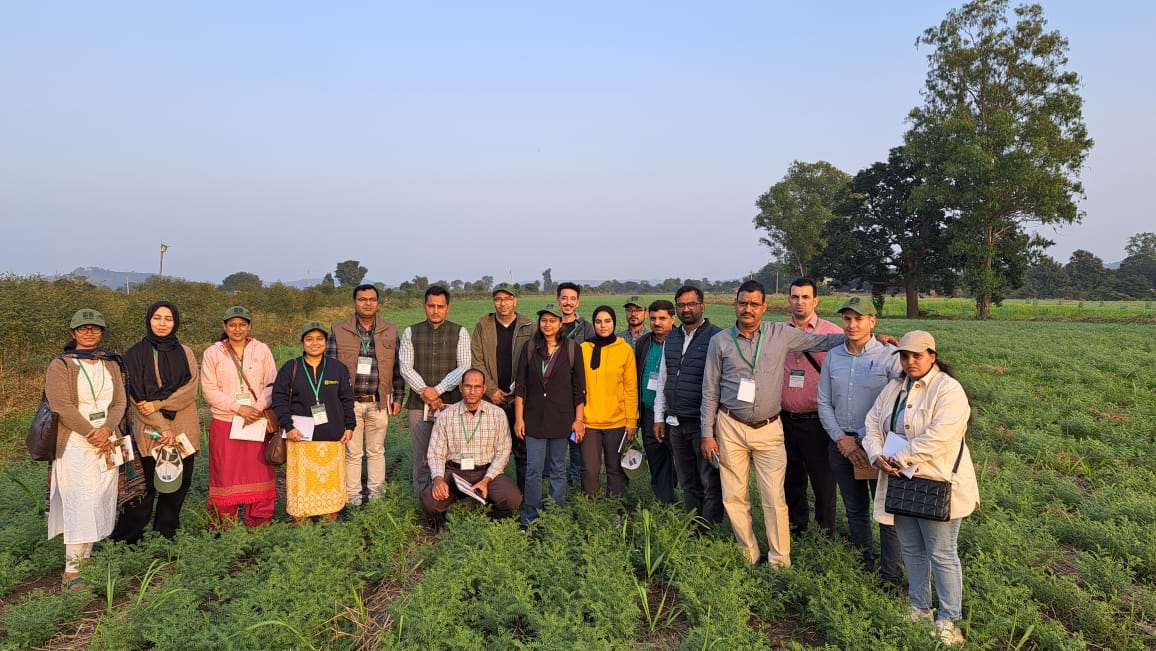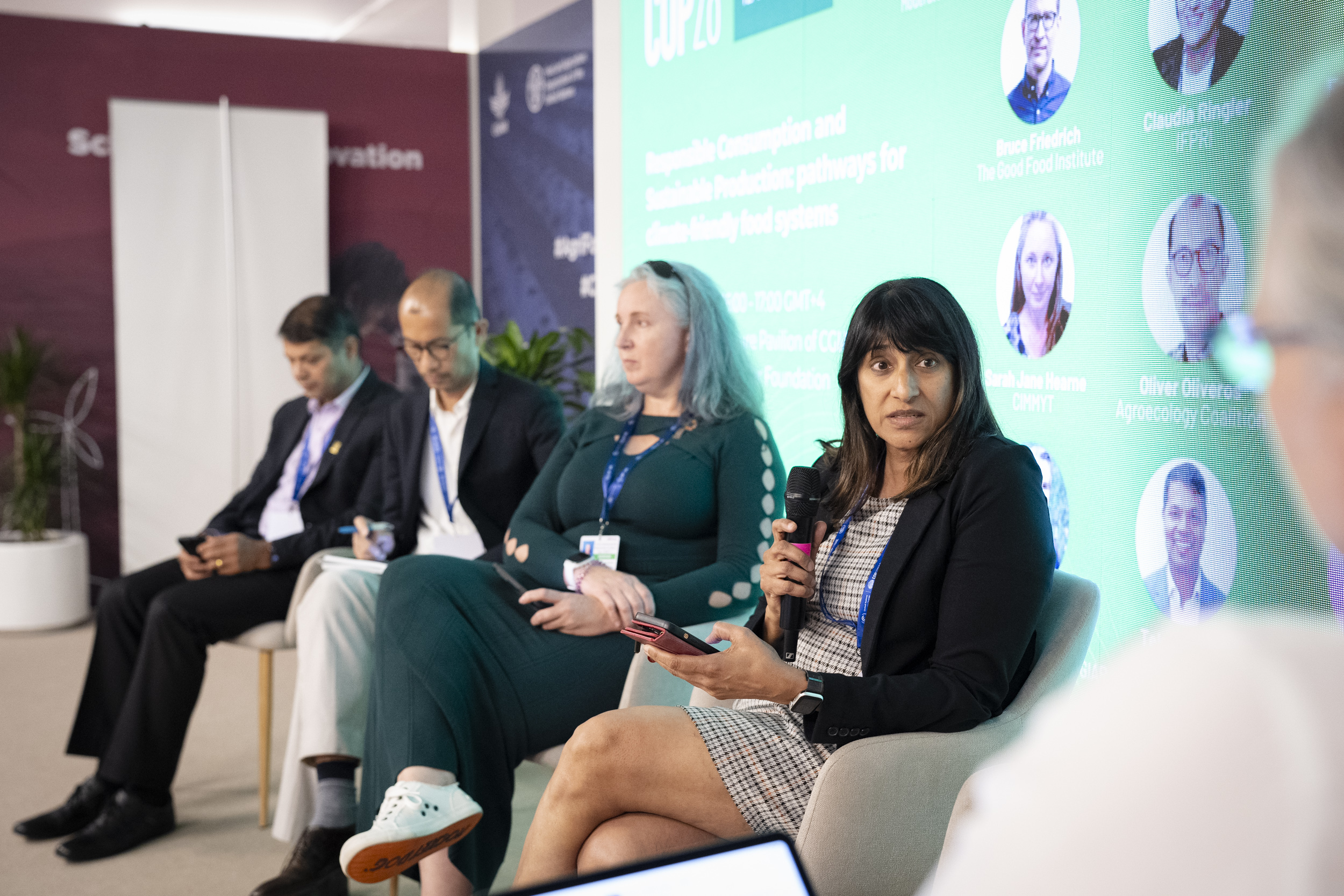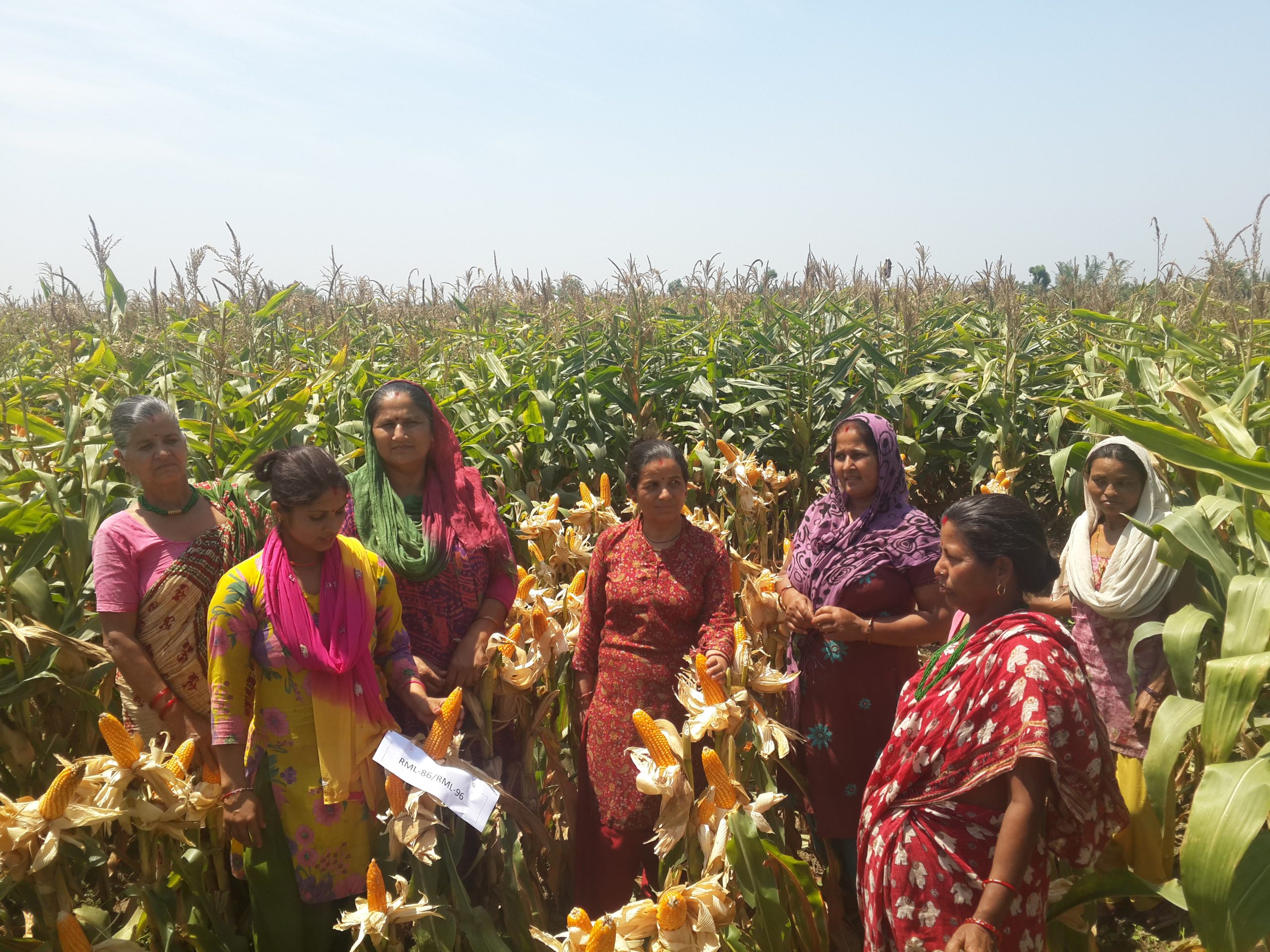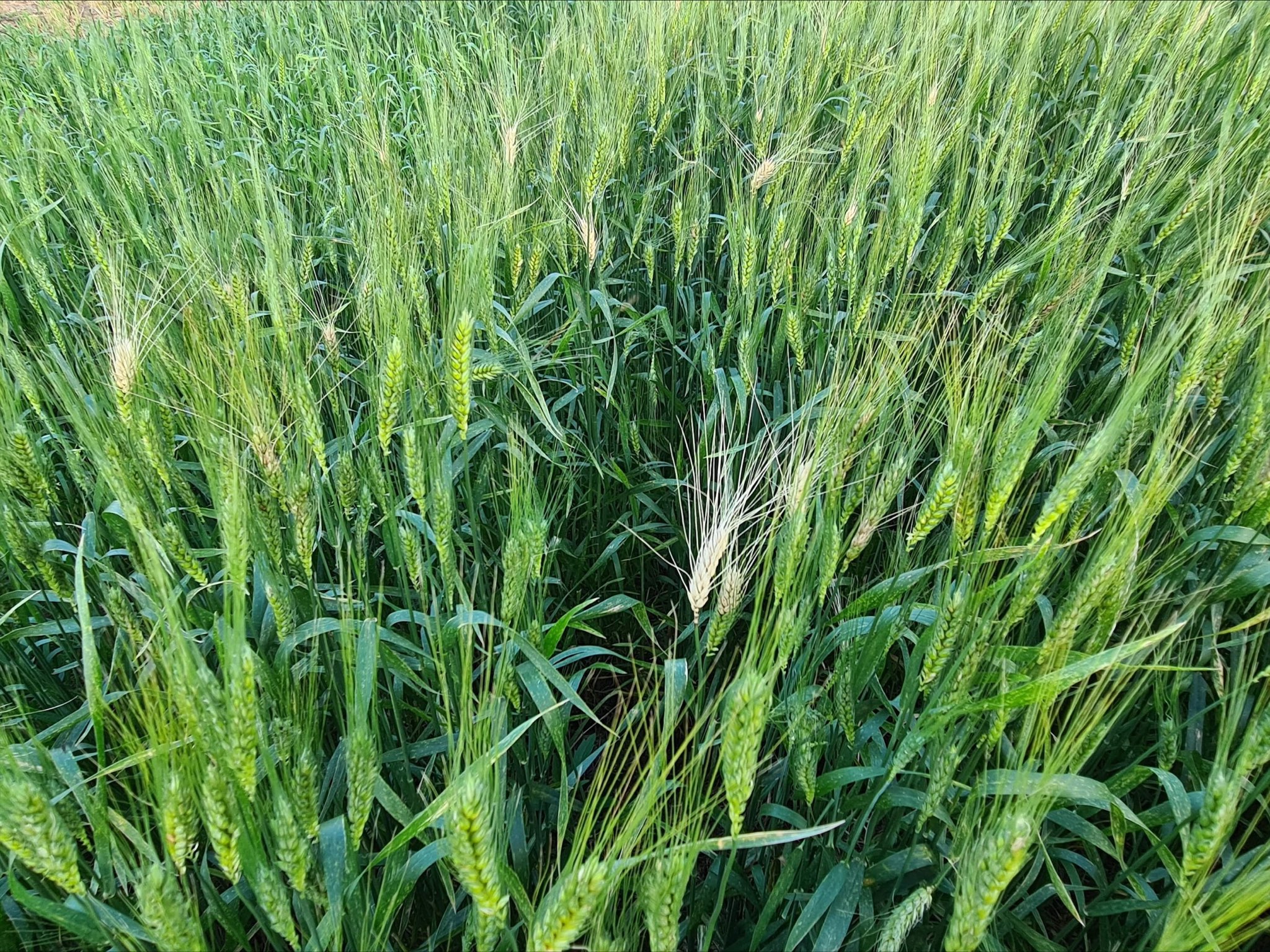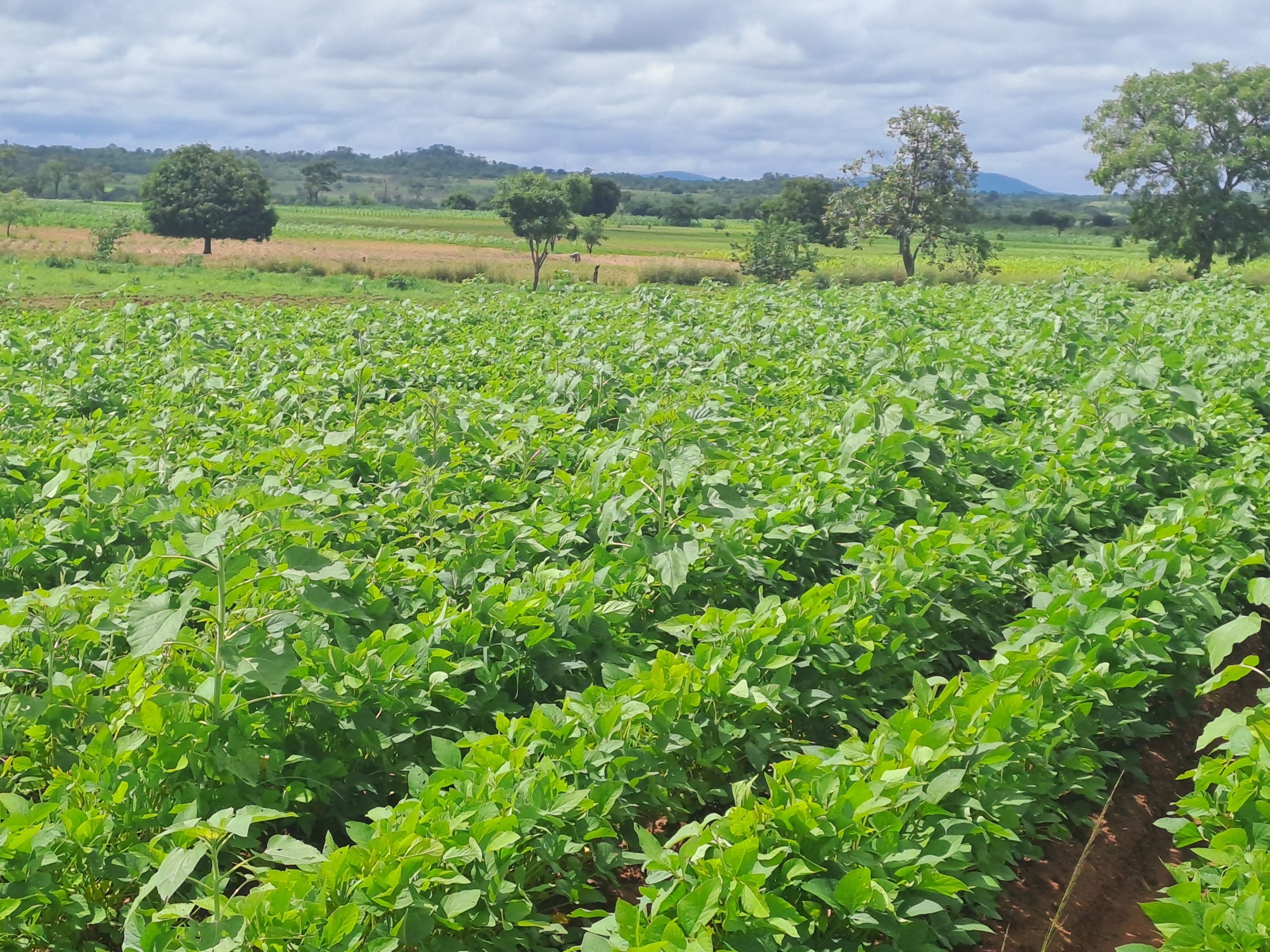Environmental health and biodiversity
The world needs better management of water, soil, nutrients, and biodiversity in crop, livestock, and fisheries systems, coupled with higher-order landscape considerations as well as circular economy and agroecological approaches.
CIMMYT and CGIAR use modern digital tools to bring together state-of-the-art Earth system observation and big data analysis to inform co-design of global solutions and national policies.
Our maize and wheat genebanks preserve the legacy of biodiversity, while breeders and researchers look at ways to reduce the environmental footprint of agriculture.
Ultimately, our work helps stay within planetary boundaries and limit water use, nutrient use, pollution, undesirable land use change, and biodiversity loss.
Unanswered questions and unquestioned answers
 Environmental health and biodiversity
Environmental health and biodiversity
Crop residue and weed control in southern Africa
Sustaining Conservation Agriculture initiatives: lessons from Malawi
 Climate adaptation and mitigation
Climate adaptation and mitigation
Conservation Agriculture offers sustainable solutions for Malawi’s agriculture. Prioritizing farmer-centered approaches can drive widespread adoption, ensuring food security and climate resilience.
Digging in the Dirt: Detailed soil maps guide decision-making, from the field to the policy room
 Climate adaptation and mitigation
Climate adaptation and mitigation
It’s not just dirt. Soil health is a key component in agricultural sustainability.
Sow, grow, and thrive: a pathway to improve cassava farming in Zambia
 Climate adaptation and mitigation
Climate adaptation and mitigation
SIFAZ is shifting farmer mindsets towards promoting sustainable practices that not only improve cassava yields but minimize physical labor.
Successful surveillance results in early first detection of Ug99 in South Asia
 Environmental health and biodiversity
Environmental health and biodiversity
The detection of a Ug99 race in Nepal highlights the effectiveness of the wheat rust surveillance and monitoring systems developed by CIMMYT and partners.
A tale of two worlds: contrasting realities in southern and northern Zambia during El Niño
 Climate adaptation and mitigation
Climate adaptation and mitigation
El Niño has contributed to starkly different weather patterns in northern and southern Zambia. On World Water Day 2024, this piece navigates the complex challenge of mitigating water abundancy and scarcity through different agricultural practices that support livelihoods and food security.
Network develops optimized breeding pipelines for accelerated genetic gains in dryland crops
 Capacity development
Capacity development
The Africa Dryland Crop Improvement Network (ADCIN), NARES, and CGIAR scientists in Africa optimized quantitative genetic criteria for breeding programs and breeding strategies and pipelines for chickpea, pigeon pea, groundnut, sorghum, pearl-millet, and finger millet crops.
MARA-CIMMYT Joint Laboratory hosts CGIAR delegation
 Environmental health and biodiversity
Environmental health and biodiversity
The MARA-CIMMYT Joint Laboratory, hosted by Chinese Academy of Agricultural Sciences (CAAS), welcomed a delegation of CGIAR directors on genetic innovation and resources.
Enhancing wheat breeding efficiency in South Asia through early germplasm access
 Environmental health and biodiversity
Environmental health and biodiversity
Success stories witnessed in India, Pakistan, and Nepal underscore the transformative potential of this approach, offering a beacon of hope for agricultural communities in South Asia and beyond.
Advancing conservation agriculture
 Capacity development
Capacity development
A workshop brings together scientists to share the latest innovations in conservation agriculture to benefit smallholder farmers and reduce the effects of climate change on food production.
CIMMYT joins global efforts to curb greenhouse emissions and strengthen food systems
 Climate adaptation and mitigation
Climate adaptation and mitigation
CIMMYT promoted ways to lessen climate shocks, especially for smallholder farmers who inordinately suffer the effects of climate change, including rising temperatures and extended droughts.
USAid programme equips rural farmers
 Climate adaptation and mitigation
Climate adaptation and mitigation
Source: Zimbabwe Independent ()
Heat tolerant maize hybrids: a pursuit to strengthen food security in South Asia
 Climate adaptation and mitigation
Climate adaptation and mitigation
CIMMYT’s systematic and targeted breeding strategy in South Asia helped develop 20 high yielding and heat-stress tolerant maize hybrids. The ongoing efforts strengthens the livelihood of farm families who are highly vulnerable to climate change in the Asian tropics.
Wheat blast spread globally under climate change modeled for the first time
 Climate adaptation and mitigation
Climate adaptation and mitigation
Climate change: fungal disease endangers wheat production.
Soybean rust threatens soybean production in Malawi and Zambia
 Climate adaptation and mitigation
Climate adaptation and mitigation
Soybean production in sub-Saharan Africa is expected to grow by over 2% per annum to meet the increasing demand. However, as production increases, significant challenges caused by diseases, pests, declining soil fertility, and other abiotic factors remain.
